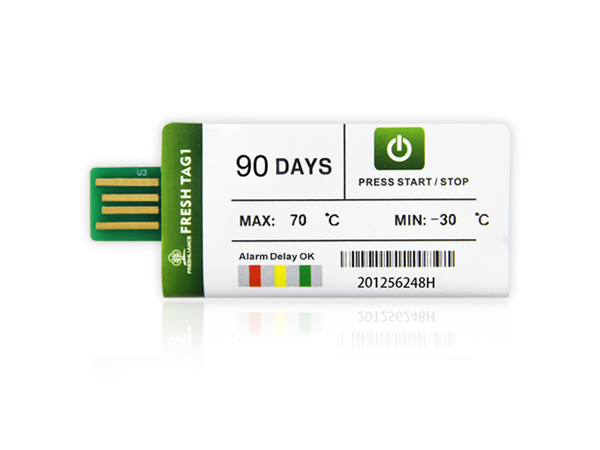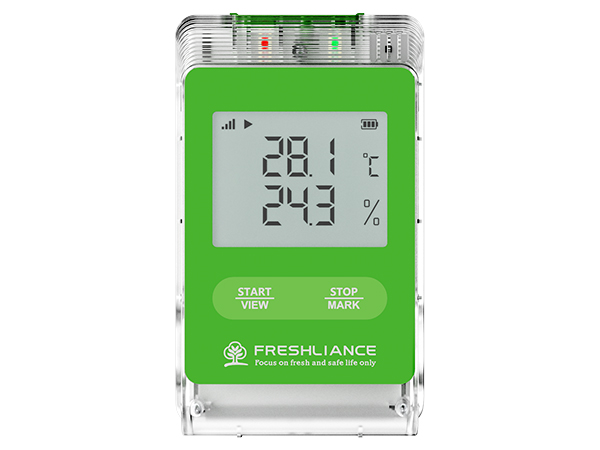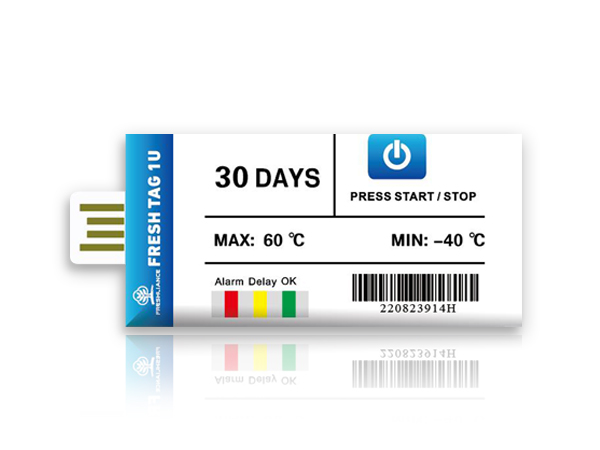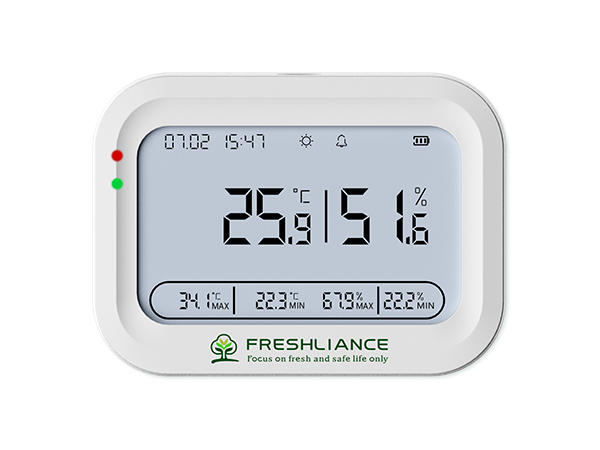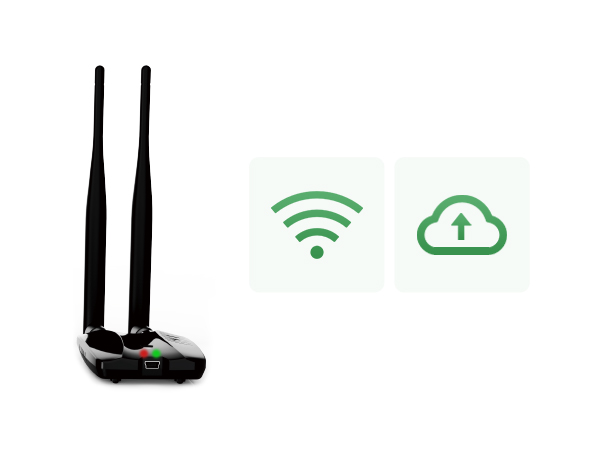Whether poured over a bowl of fresh strawberries or added to a sauce, cream is one of nature’s most delicious treats. But it’s also extremely temperature-sensitive, Freshliance TagPlus T multi use usb temperature logger can monitor and record temperature of cream during its transportation and distribution to ensure its quality and flavor.
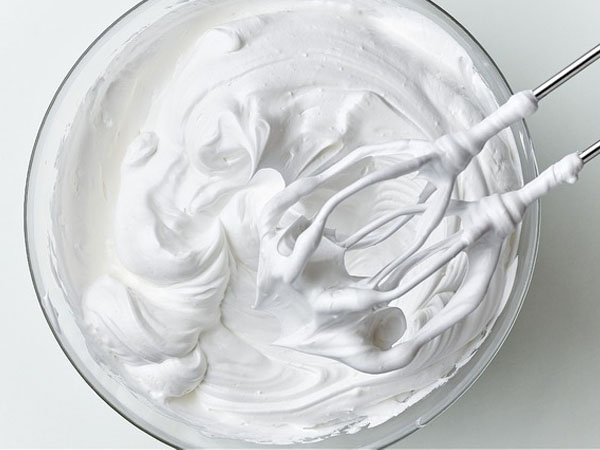
The cream is a dairy product made from the higher-fat layer skimmed during milk production. It comes in various forms such as single, double and whipping cream, which can be used in sweet and savory dishes. Cream not only adds a touch of richness to dishes such as curries and soups and helps to create a smoother consistency to the dish, but also is the point of cake, ice cream and other desserts making. Cream prefers a low temperature of about 2-5°C, and it needs to be kept at a low temperature throughout the process of transportation, storage, and use. At this temperature, most of the milk fat in the cream is a solid crystalline substance, which helps the cream to be whipped.

In addition to conventional low-temperature storage, it is also necessary to avoid being placed at room temperature for a long time during shipment, stacking, distribution or use. Because it is at room temperature for a long time, even if it is refrigerated afterwards, it will also affect the cream whipping performance. The performance change caused by this temporary product temperature rise is called heat damage. Heat damage is easy to cause, such as the crunch of cream, and the cream is not delicate after being whipped. Heat damage will occur when the product temperature reaches above 10°C, it will be more obvious at 15°C, and more serious at 20°C. In addition to paying attention to heat damage caused by high temperature, it should not be placed near the air-conditioning outlet of the refrigerator, or in an environment where the temperature is too low. Excessively low temperatures can also have adverse effects on the quality of the cream, an effect known as cold damage. If the temperature is lower than 0°C, part or all of the cream will freeze and the emulsification will be destroyed. Therefore, even if the temperature is returned to an appropriate temperature, the fat globules have coagulated together, and the finished product will be thicker, and agglomeration occurs. Moreover, even if the cream has not frozen, if the product temperature at the beginning of the whipping is at a lower temperature such as 1°C or 2°C, the oil molecules are not easy to gather during the whipping, which will cause the whipping time to be longer, or it is not easy to get firm whipped cream.
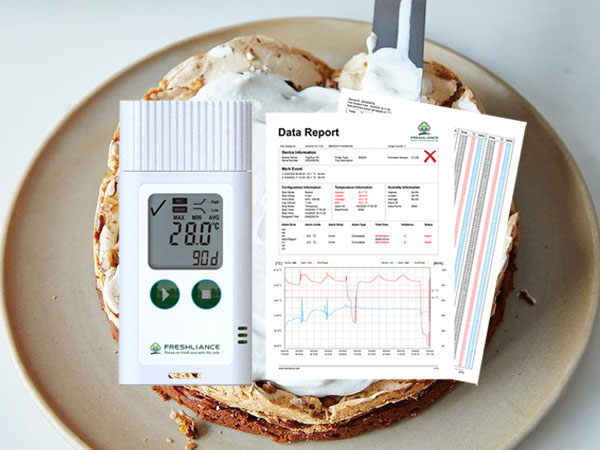
TagPlus-T is a reusable USB temperature sensor with an LCD screen for easy viewing of temperature data. In this device, parameters can be configured by a professional user before use. The alarm points can be configured on our free configuration software. Once the temperature is out of the alarm range, the alarm symbol will be displayed on the screen. Complete trip history is recorded and downloaded as encrypted reports with summary data, graphs, and tables, the report can be directly read by PC at the destination. And the temporary mode allows this thermometer data logger to continue working after users have generated and read the temporary report. It is an ideal choice for monitoring and recording the temperature changes of cream and other temperature-sensitive goods during transportation.

The China Mengniu Dairy Company Limited is a conglomerate producing over 400 dairy products for more than 70 million customers in China and abroad. For dairy producers, food safety and quality control are critical. Mengniu Dairy cooperates with Freshliance Electronics. Our temperature data logger monitor and record their dairy products’ temperature during their transportation handling and storage to ensure food quality and safety, meanwhile realizing its modern management. Mengniu can now trace quality problems to any step, from receiving or preprocessing, all the way to the exact location in the warehouse.

 English
English Español
Español Русский
Русский Français
Français Deutsch
Deutsch عربي
عربي 中文
中文